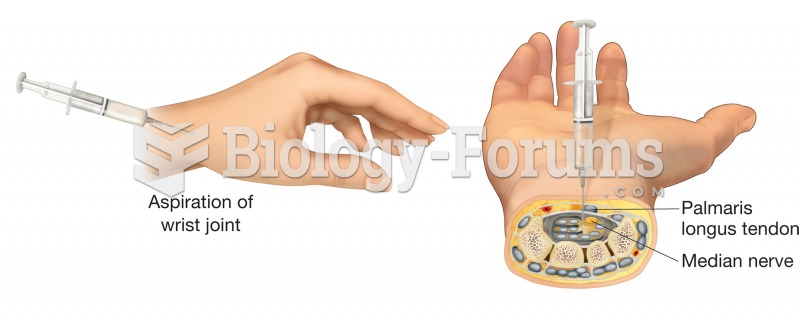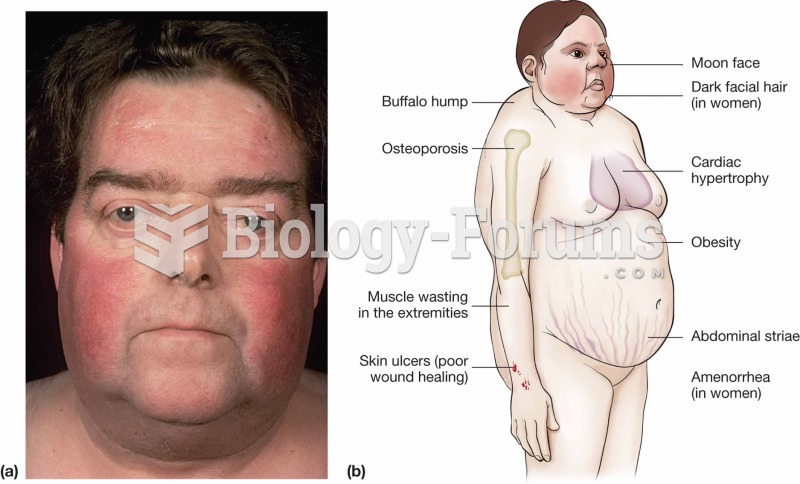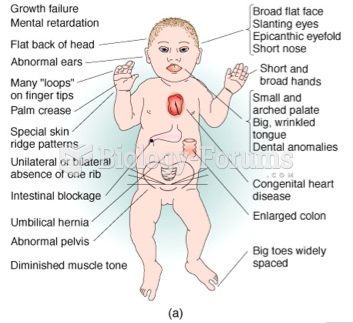Answer to Question 1
Short bowel syndrome results when a large portion (>50) of the small intestine is resected or an individual presents with significant signs of malabsorption and/or is unable to maintain fluid and electrolyte status.
The likelihood that an individual will develop short bowel syndrome depends on which sections of the small intestine have been resected, presence of the ileocecal valve, and health of the remaining portions of the small intestine.
It is difficult to predict Mr. Page's postoperative course. The small intestine is about 20 feet, or 610 cm, long. Thus, Mr. Page lost about 33 of his small intestine with this surgery. Because 50 or more has to be removed before its ability to function normally is significantly reduced, Mr. Page should be able to recover to normal functionality.
Also, Mr. Page still has his ileocecal valve, which controls transit time through the small intestine.
If this is absent, transit time is decreased and the contact time needed for digestion and absorption is affected.
The major concern for Mr. Page is the effect of Crohn's disease on the remaining small bowel and his state of malnutrition preoperatively.
Answer to Question 2
Inhalation injury can be caused by thermal injury and/or by inhalation of smoke and other byproducts of incomplete combustion. There are 2 types based on the anatomic location: upper airway (injury to the mouth, oropharynx, and larynx) and lower airway (tracheal, bronchial, and alveolar). A third type of inhalation injury is metabolic in nature and caused by inhalation of toxic agents such as carbon monoxide. Injury in a closed space, presence of facial burns, and carbonaceous material in the airway and in secretions are indications of inhalation injury. Other signs of inhalation injury are hoarseness, cough, singed nasal hair, and wheezing. Inhalation injury can be confirmed by various methods such as endoscopy or transnasal indirect laryngoscopy and bronchoscopy in intubated patients.
Patients with significant inhalation injury will require mechanical ventilation. These patients will require nutrition support even if the tissue injury is minimal.







